To follow government grant rules, the recipient needs to maintain the financial records, strict internal controls, and the requirements for the grant. This process starts before receiving the grant and includes the initial phases. The recipient reads all the terms and conditions before accepting the grant. Then, a management team is established to handle all the records, including financial reports, program management, and final reporting. A compliance checklist is prepared to track the project milestones. During the grant period, financial management, subrecipients management, and programmatic or reporting are maintained to achieve the targeted results. In order to change the project timeline and budget, and timeline the recipient submits a report to the awarding agency. A final resort of the completed project is then submitted at the closest phase.
What Are the Key Compliance Requirements for Government Grants?
Here are the seven key compliance requirements for government grants:
- Grant Agreement: The grant agreement includes all the requirements of the award. The administrative, programmatic, and financial requirements are decided in this agreement. It also covers the period of performance, the time during which funds can be expected. Project completion outside the decided timeframe is not accepted. In order to include a subrecipient, the main recipient needs to submit a formal agreement.
- Allowable and Unallowable Costs: It ensures that the funds received for a project are allocated only to that project. For example, a reward for a student’s literacy program needs to be allocated to the reading initiative only. In case the recipient works on multiple projects, their expenses must be spent on the grant-funded activities. Federal regulations like the OMB Uniform Guidance, prohibit the costs for alcoholic beverages, entertainment, and lobbying activities.
- Procurement Rules: The recipient must adhere to transparent and fair procedures while buying goods or acquiring services. They must have the written document of the procurement policy that explains the rules of soliciting bids, the recruitment process, and the final choice.
- Transparency: Keep the awarded funds separate from the other company budgets to reduce commingling. It ensures a clear and transparent process. The recipient submits a written Standard Form(SF-425) for all the allocated budgets. An annual audit is compulsory for the federal awards to evaluate the accuracy and compliance with the regulations.
- Documentation Standards: Save all the records, including invoices, reports, contracts, time sheets, and payroll records. The grant agreement set a retention period after the successful close phase, which is almost three years. The documents should be prepared at the time and site of activity to save the correct details.
- Conflict of Interest Rules: These conflicts arise when the granted funds are used for personal or family purposes. It prohibits the individual from contributing their part in the decisions. A bias in the recruitment process is a non-financial conflict and needs to be disclosed. Clear policies and serious staff are required to solve such conflicts in an organization.
- Regulatory Alignment: The recipient is required to follow the federal rules, like Uniform Guidance, which includes the cost, administrative, and audit requirements. The awarding agency also imposes additional rules in addition to the Uniform Guidance rules. Local, state, or city government grants come with their own rule and regulations. The recipient must abide by all these rules and regulations to receive the award.
How Do You Track and Manage Grant Funds?
Here are the four steps to manage and track the grant funds to achieve the targeted milestone:
- Dedicated Bank Account: Save the grant funds separately from the organization’s personal funds to reduce mingling. Maintaining a dedicated account allows for accurate tracking of both income and expenditures, supporting smooth compliance with grant rules. Ensure that the documentation and the account title reflect that the funds are being used for the intended project and are the property of the specific organization. It ensures transparent audit trails, strengthening the organization’s credibility with the grantor.
- Budget Monitoring System: Compare the spending with the actual budgets regularly to find any bias or track the performance of the project. It shows whether the project is running as planned or needs more funds to stay on course. Modern accounting or integrated software helps to track real-time expenses. It helps for predictive analysis in spending patterns.
- Detailed Records: Ensure that all the files of the grant are easily accessible and understandable for all the staff involved in the grant. Documents are a type of evidence to prove that the allocated budget is used for allowable activities.
- Cost-Sharing or Matching Funds: Maintain complete documentation in case of subrecipients. All the contributions must be recorded in the form of 2 CFR 200.306 guidelines.
How Can You Ensure Program and Performance Compliance?
Here are the four steps to maintain the program and performance compliance:
- Approved Project Plan: Verify that each project milestone follows the timelines and objectives outlined in the approved plan. The team needs to work within the required timelines and the funds for a smooth closing phase. Maintain the documents of the activities to ensure compliance and reduce bias.
- Performance Indicators: Set the key performance indicators (KPI) before receiving the funds for the project. For example, a literacy program award measures the success rate of the students’ reading proficiency. Set a system for data collection to compare the progress. Track and measure the meaningful outcomes, like the effect of eh programs instead of just focusing on the number of employees in the project.
- Subrecipients or Partners: Maintain the records of all the contributors. Submit the agreement to the grantor agency before moving to the subrecipients. Ensure tracking of the performance of the sub-recipients to check whether they are on track. The partners also need to follow the rules and regulations of the award.
- Address Issues: Use tools for a predictive analysis to address the potential issues. Maintain open communication with the grantor agency to discuss the issues. It builds trust and ensures compliance. Note the issues, the communication, and the steps to resolve them in a document for audit purposes.
What Are the Reporting and Audit Obligations?
These four are the reporting and audit obligations:
- Progress Reports: The progress report includes the narrative updates, including the key achievements and challenges in the project milestones. A standard Form 425 (SF 425) is submitted for a detailed overview of the expenditures compared to the actual budget. It also includes the final report of the achievements and outcomes.
- Site Visits and Audits: Federal Programs Officers visit the site and track the performance. They compare the written documents with the actual progress to audit results. Conduct mock audits or self-evaluations to identify any non-compliance.
- Auditor Requests: During the site visit, the auditor requests source documents to verify the expenditures. Respond to the auditor promptly without delays to ensure transparency.
- Retain Records: The grantor specifies the duration to save the documents even after the closeout phase. The standard duration for the project is generally between three and five years. Save the record in an organized way to respond to any audit on time.
What Are the Consequences of Non-Compliance?
Here are the four consequences of not complying with the terms and conditions of the grant:
- Suspension or Termination: In case of non-compliance and the wrong steps, the grantor suspends or terminates the award. The recipient is prohibited in the suspension period to apply for a new grant. In termination, both parties are responsible for submitting the records. In case the recipient spends funds after termination, they need to pay those expenses to the grantor.
- Repayment of Funds: The recipient is required to return the funds that are misused or unspent. The government often charges penalties in case of fraud or misrepresentation.
- Legal or Financial Penalties: The organizations can face financial fines, criminal charges, false claim acts, and debarment due to non-compliance.
- Damage to Reputation: When transparency and compliance are ignored, it can seriously hurt the organization’s reputation. The becomes fails to request a new grant, and the partners lose trust. These organizations face tougher reporting rules for future awards. It puts extra pressure on the resources and the staff.

George C. Tagg, Jr.
George serves as a trusted counsel to business leaders, non-profit executives, and management teams. George is a licensed attorney with a master’s in international affairs and over 20 years’ experience in the U.S. Congress, Department of State, Department of Defense, global public policy, and political campaigns.


